Advancements in Robotics
The Force Feedback Haptic Interface Market is benefiting from advancements in robotics, particularly in the development of robotic systems that require precise control and feedback. As industries adopt automation and robotics for various applications, the need for haptic interfaces that provide tactile feedback becomes more pronounced. These systems enable operators to interact with robotic devices in a more intuitive manner, enhancing precision and safety. The robotics market is projected to grow at a rate of around 12% annually, which could drive further innovation and adoption of force feedback technologies. Consequently, the Force Feedback Haptic Interface Market is likely to see increased investment and development as it aligns with the broader trends in automation.
Growth in Training Simulations
The Force Feedback Haptic Interface Market is poised for growth due to the increasing use of haptic technology in training simulations across various sectors. Industries such as aviation, military, and healthcare are adopting these interfaces to create realistic training environments. For instance, flight simulators that incorporate force feedback allow pilots to experience the nuances of aircraft handling, which is crucial for effective training. The market for simulation training is expected to expand, with estimates suggesting a growth rate of around 8% annually. This trend indicates a strong potential for the Force Feedback Haptic Interface Market, as organizations seek to enhance training efficacy through immersive technologies.
Rising Demand in Rehabilitation
The Force Feedback Haptic Interface Market is witnessing an increase in demand within the rehabilitation sector. Haptic interfaces are being utilized in physical therapy to assist patients in regaining motor skills and improving their overall recovery process. By providing tactile feedback, these systems can simulate real-world interactions, which may enhance the effectiveness of rehabilitation exercises. Recent studies indicate that the market for rehabilitation technologies is expected to grow significantly, with projections suggesting a compound annual growth rate of approximately 9%. This growth presents a substantial opportunity for the Force Feedback Haptic Interface Market, as healthcare providers increasingly recognize the benefits of integrating haptic feedback into therapeutic practices.
Integration with Gaming Technologies
The Force Feedback Haptic Interface Market is experiencing a notable surge due to its integration with advanced gaming technologies. As gaming becomes increasingly immersive, the demand for haptic feedback systems that provide realistic sensations is on the rise. This integration enhances user experience, making gameplay more engaging and lifelike. According to recent data, the gaming sector is projected to grow at a compound annual growth rate of over 10% in the coming years, which is likely to drive the adoption of force feedback systems. As developers seek to create more interactive environments, the Force Feedback Haptic Interface Market stands to benefit significantly from this trend, as it aligns with the industry's push for enhanced realism and user engagement.
Emergence of Augmented Reality Applications
The Force Feedback Haptic Interface Market is experiencing growth due to the emergence of augmented reality (AR) applications. As AR technology becomes more prevalent in various fields, including education, entertainment, and retail, the integration of haptic feedback systems is essential for creating immersive experiences. These interfaces allow users to feel virtual objects, enhancing the realism of AR interactions. The AR market is anticipated to grow significantly, with estimates suggesting a compound annual growth rate of over 15% in the next few years. This trend indicates a promising future for the Force Feedback Haptic Interface Market, as developers seek to enhance user engagement through tactile feedback in augmented environments.

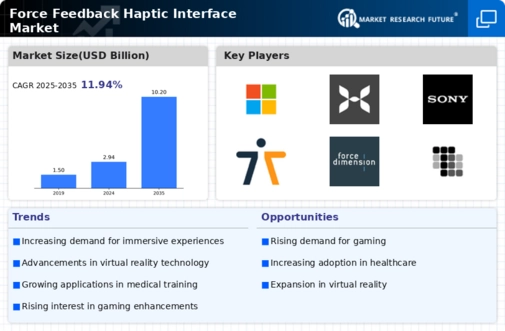
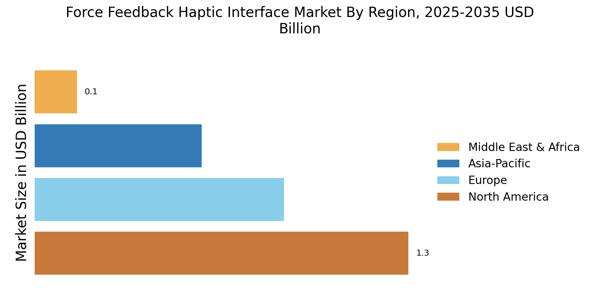
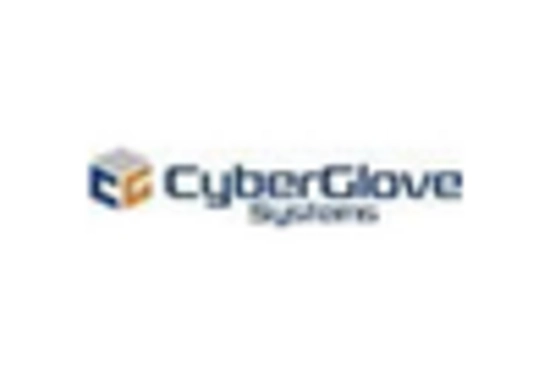
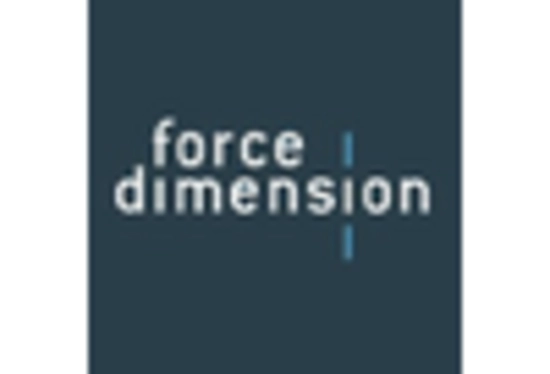

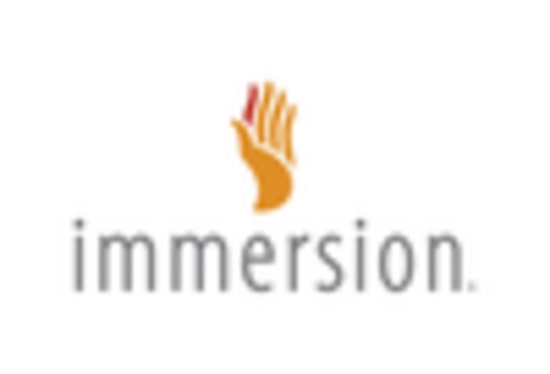
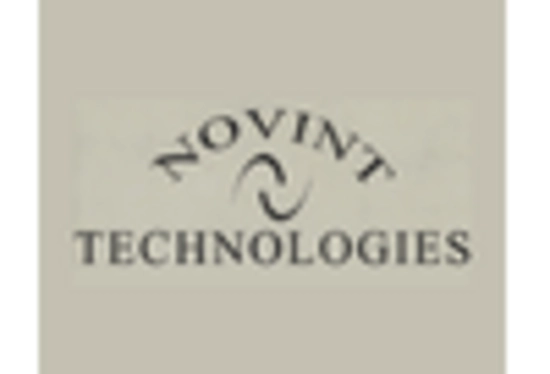
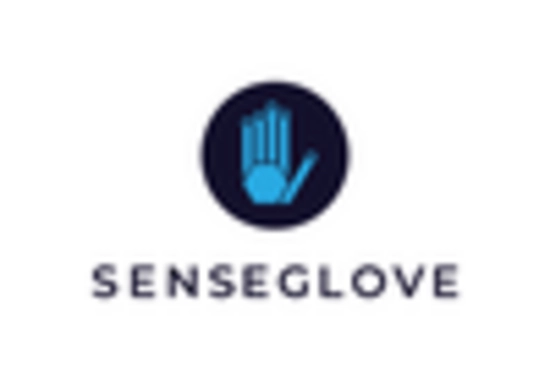








Leave a Comment